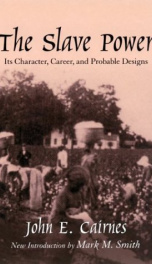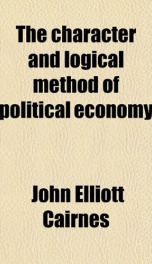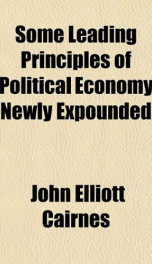the slave power its character career and probable designs being an attempt

The Slave Power, John E. Cairness seminal work on slavery, was widely acclaimed upon publication in 1862 as a brilliant attempt both to explain the essential cause of the American Civil War and to shape European policy concerning the struggle. It remains among the most important works on the political economy of Southern slavery. When Cairnesone of the nineteenth century's preeminent classical liberal economistscharacterized Southern slavery as inefficient and backward, his opinions carried enormous weight, earning him applause in the North and castigation in the slave- holding South. Casting the Civil War as a contest between an economically defunct and politically aggressive Southern slave power and a liberal, capitalist, free-wage-labor North, Cairnes offered an interpretation of the origins of the Civil War that has remained as compelling and controversial as it was when first published. Mark M. Smiths new introduction to the work places The Slave Power in historical context by explaining the intellectual milieu in which the book was written (including a treatment of classical liberal economic thought in Great Britain), the books friendly reception in Union circles, and its rejection by war-torn Confederates. Smith also traces the books reception by successive generations of historians of the slave South.
Info about the book
Author:
Series:
Unknown
ASIN:
B0080FFXE0
Rating:
1/5 (40)Your rating:
0/5
Languge:
English
Users who have this book
Users who want this book
What readers are saying
What do you think? Write your own comment on this book!
write a commentif you like the slave power its character career and probable designs being an attempt try:
Do you want to exchange books? It’s EASY!
Get registered and find other users who want to give their favourite books to good hands!






